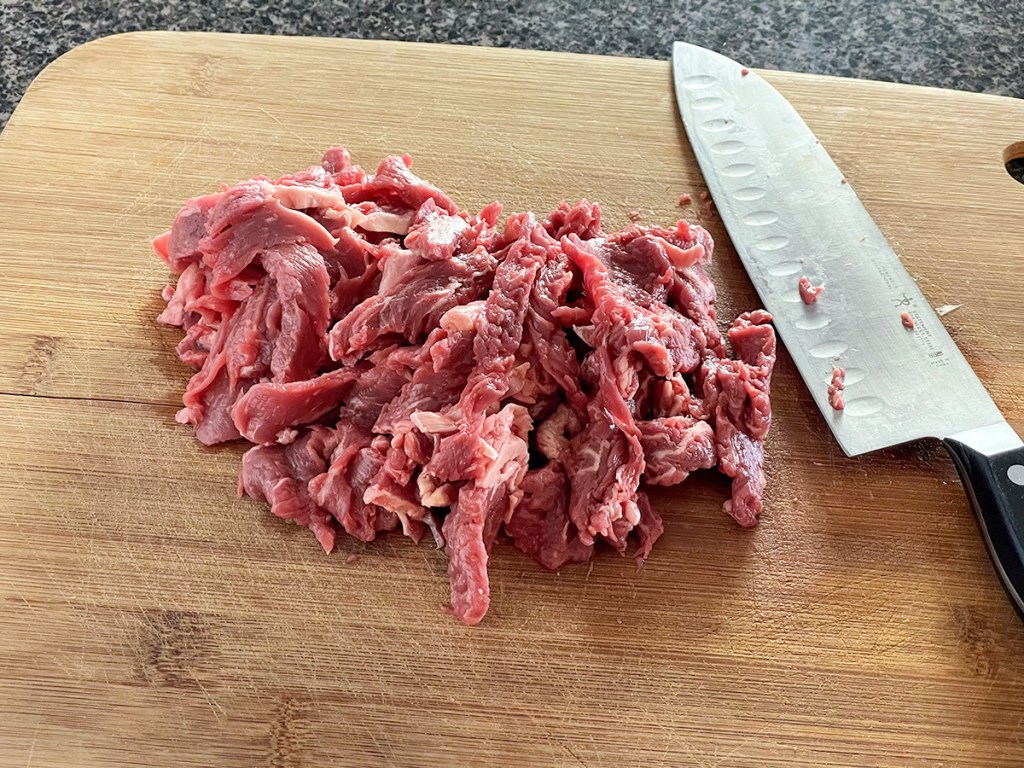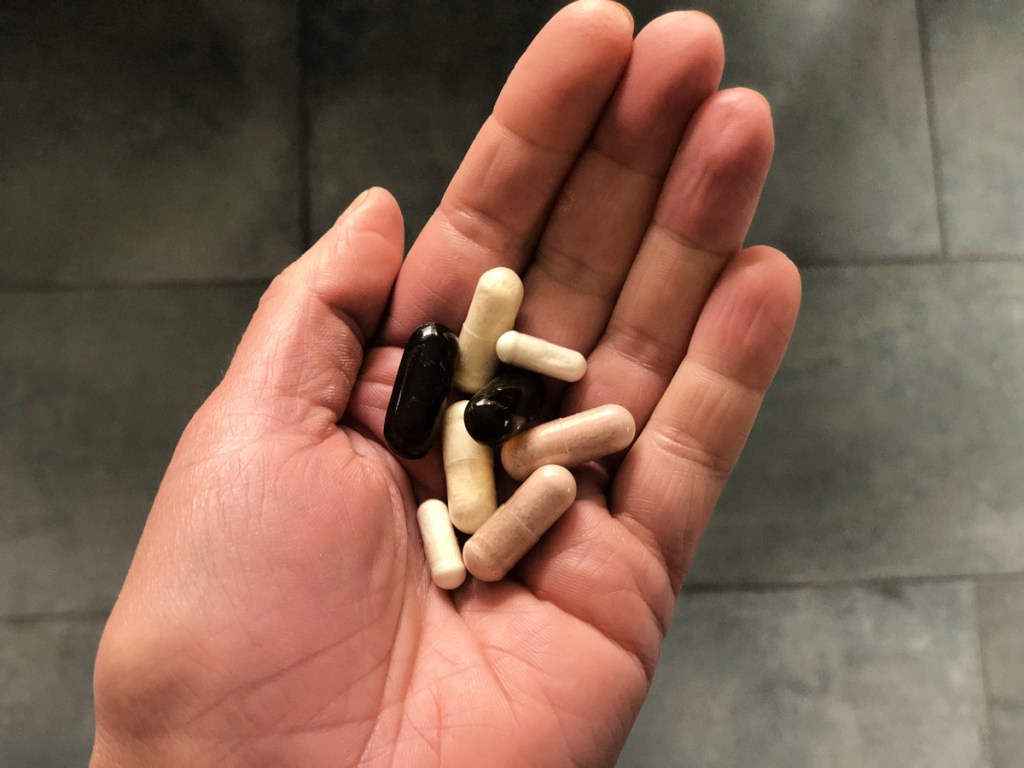What Are Keto Macros? Our Keto Nutritionist Explains!
Have you been looking for more information on keto macros? You’re in the right place!

Have questions you wish you could ask a keto nutritionist?
Our tried and true keto nutritionists Tara Finnerty RDN, CSP, CD and now Emily Spurlock, RD, LD are dedicated to helping people live their best lives through the keto diet. They frequently share keto tips to help you stay on track and live your best keto life!
Let’s first dive in more to keto macros…

Macro is short for macronutrients.
Think of macros as the overarching sources of fuel for your body. These are carbohydrates, fat, and protein. All foods consist of carbs, fat, or protein. Foods can be only one macro (chicken = protein) or a combination of macros (egg = protein and fat). These are the only sources of calories and fuels that your body can utilize to keep things moving.
How your body uses macros for energy is where the keto diet comes into play.
Think of macros as fuel for a car engine. You can choose between the different fuel sources—carbs, fat, or protein. Carbs are the easiest energy source, followed by fat, and then protein.
The framework of the car (your body) is like protein. We want to utilize protein to build muscle and tissues, support enzymes, and promote healthy skin. We don’t want to use protein as fuel unless it’s absolutely necessary. The body always defaults to using carbs and fat as fuel sources before protein.

Micro is short for micronutrients.
These are the vitamins and minerals your body needs to thrive. These small molecules don’t directly provide fuel to the body but they keep it running properly. Think of vitamins and minerals as the oil in the car analogy. We need them for the body to function at its best.

Do I need to track keto macros?
When people talk about keto macros, they are discussing the percentage of calories that are coming from carbohydrates, fats, and protein, which will vary depending on your personal goals.
Look into keto macro calculators
If you’re just starting out and are new to keto, you may want to calculate your macros in order to stay on track as you are learning the ins and outs of the keto lifestyle. You can track them easily by using smartphone apps like My Fitness Pal and Carb Manager. You record your daily food intake in the app and it will calculate your macro intake for you.
All of our keto recipes include nutrition information to help you track your keto macros too!

What should your daily keto macros look like?
Everyone is different and your keto macros will vary depending on your height, weight, age, body fat percentage, how active you are, and your weight goals. There are many free macro calculators available to help you figure out your own personal macros including Ruled.Me Keto Calculator, Simply Keto Calculator from Keto Karma, and The Easy Keto Calculator by Perfect Keto.
If your goal is weight loss, it is typically recommended that you stick with 20 or fewer grams of carbs per day or around 5% of your daily calories coming from carbs.
Here are a few popular keto macro breakdowns (based on 2,000 daily calories diet) –
-
- 75% fat, 20% protein, and 5% carbs – mostly like to promote weight loss
-
- 65% fat, 25% protein, and 10% carbs – works for weight maintenance
-
- 60% fat, 30% protein, and 10% carbs – can help with building muscle

After you’ve been on keto for a while, you may decide to follow more of an intuitive keto lifestyle which involves consuming whole, fresh foods as much as possible with a strong motivation to do away with overly processed foods, refined sugars, and starches.
When you become familiar with the appropriate foods to eat on keto, you can limit tracking keto macros and strive to stick to low-carb vegetables, good-for-you fats, and healthy proteins.
We asked Tara to explain what keto Macros and Micros are.
“Wait, what about fruits on the keto diet?” We list out the best and worst ones over here (plus a FREE printable!)





Comments 0